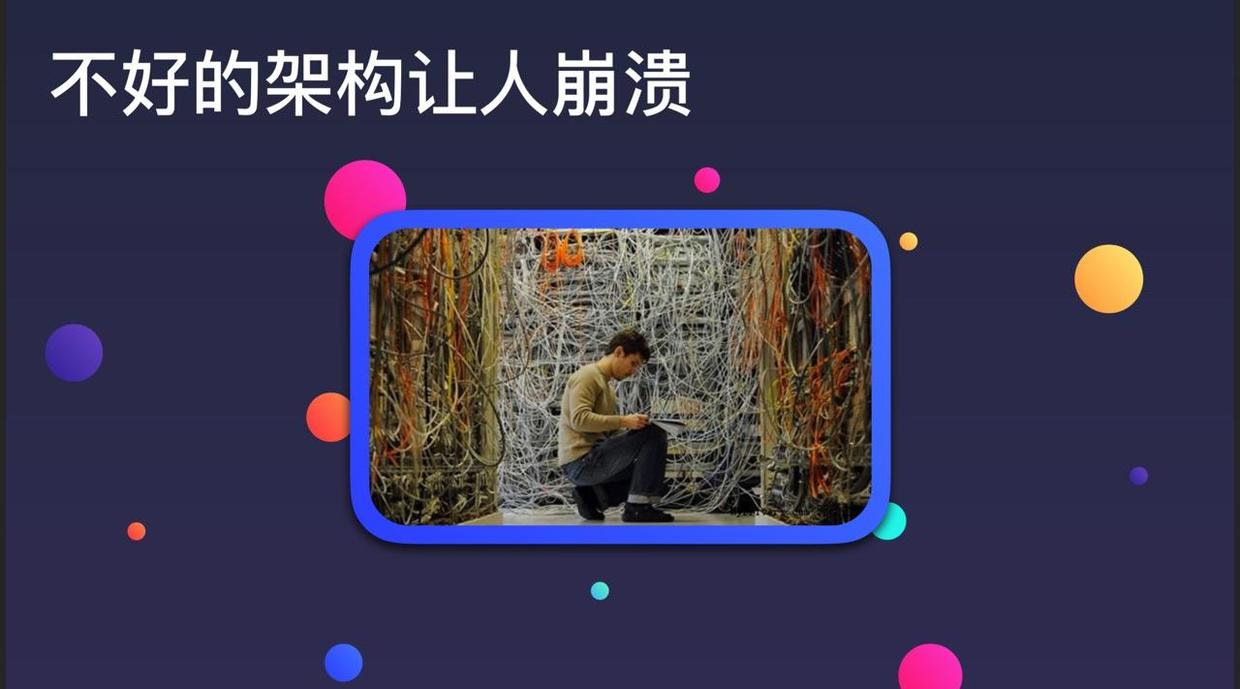編輯:關於Android編程
有時候為了需要,會將數據庫保存到外部存儲或者SD卡中(對於這種情況可以通過加密數據來避免數據被破解),比如一個應用支持多個數據,每個數據都需要有一個對應的數據庫,並且數據庫中的信息量特別大時,這顯然更應該將數據庫保存在外部存儲或者SD卡中,因為RAM的大小是有限的;其次在寫某些測試程序時將數據庫保存在SD卡更方便查看數據庫中的內容。
Android通過SQLiteOpenHelper創建數據庫時默認是將數據庫保存在'/data/data/應用程序名/databases'目錄下的,只需要在繼承SQLiteOpenHelper類的構造函數中傳入數據庫名稱就可以了,但如果將數據庫保存到指定的路徑下面,都需要通過重寫繼承SQLiteOpenHelper類的構造函數中的context,因為:在閱讀SQLiteOpenHelper.java的源碼時會發現:創建數據庫都是通過Context的openOrCreateDatabase方法實現的,如果我們需要在指定的路徑下創建數據庫,就需要寫一個類繼承Context,並復寫其openOrCreateDatabase方法,在openOrCreateDatabase方法中指定數據庫存儲的路徑即可,下面為類SQLiteOpenHelper中getWritableDatabase和getReadableDatabase方法的源碼,SQLiteOpenHelper就是通過這兩個方法來創建數據庫的。
/**
* Create and/or open a database that will be used for reading and writing.
* The first time this is called, the database will be opened and
* {@link #onCreate}, {@link #onUpgrade} and/or {@link #onOpen} will be
* called.
*
* <p>Once opened successfully, the database is cached, so you can
* call this method every time you need to write to the database.
* (Make sure to call {@link #close} when you no longer need the database.)
* Errors such as bad permissions or a full disk may cause this method
* to fail, but future attempts may succeed if the problem is fixed.</p>
*
* <p class="caution">Database upgrade may take a long time, you
* should not call this method from the application main thread, including
* from {@link android.content.ContentProvider#onCreate ContentProvider.onCreate()}.
*
* @throws SQLiteException if the database cannot be opened for writing
* @return a read/write database object valid until {@link #close} is called
*/
public synchronized SQLiteDatabase getWritableDatabase() {
if (mDatabase != null) {
if (!mDatabase.isOpen()) {
// darn! the user closed the database by calling mDatabase.close()
mDatabase = null;
} else if (!mDatabase.isReadOnly()) {
return mDatabase; // The database is already open for business
}
}
if (mIsInitializing) {
throw new IllegalStateException("getWritableDatabase called recursively");
}
// If we have a read-only database open, someone could be using it
// (though they shouldn't), which would cause a lock to be held on
// the file, and our attempts to open the database read-write would
// fail waiting for the file lock. To prevent that, we acquire the
// lock on the read-only database, which shuts out other users.
boolean success = false;
SQLiteDatabase db = null;
if (mDatabase != null) mDatabase.lock();
try {
mIsInitializing = true;
if (mName == null) {
db = SQLiteDatabase.create(null);
} else {
db = mContext.openOrCreateDatabase(mName, 0, mFactory, mErrorHandler);
}
int version = db.getVersion();
if (version != mNewVersion) {
db.beginTransaction();
try {
if (version == 0) {
onCreate(db);
} else {
if (version > mNewVersion) {
onDowngrade(db, version, mNewVersion);
} else {
onUpgrade(db, version, mNewVersion);
}
}
db.setVersion(mNewVersion);
db.setTransactionSuccessful();
} finally {
db.endTransaction();
}
}
onOpen(db);
success = true;
return db;
} finally {
mIsInitializing = false;
if (success) {
if (mDatabase != null) {
try { mDatabase.close(); } catch (Exception e) { }
mDatabase.unlock();
}
mDatabase = db;
} else {
if (mDatabase != null) mDatabase.unlock();
if (db != null) db.close();
}
}
}
/**
* Create and/or open a database. This will be the same object returned by
* {@link #getWritableDatabase} unless some problem, such as a full disk,
* requires the database to be opened read-only. In that case, a read-only
* database object will be returned. If the problem is fixed, a future call
* to {@link #getWritableDatabase} may succeed, in which case the read-only
* database object will be closed and the read/write object will be returned
* in the future.
*
* <p class="caution">Like {@link #getWritableDatabase}, this method may
* take a long time to return, so you should not call it from the
* application main thread, including from
* {@link android.content.ContentProvider#onCreate ContentProvider.onCreate()}.
*
* @throws SQLiteException if the database cannot be opened
* @return a database object valid until {@link #getWritableDatabase}
* or {@link #close} is called.
*/
public synchronized SQLiteDatabase getReadableDatabase() {
if (mDatabase != null) {
if (!mDatabase.isOpen()) {
// darn! the user closed the database by calling mDatabase.close()
mDatabase = null;
} else {
return mDatabase; // The database is already open for business
}
}
if (mIsInitializing) {
throw new IllegalStateException("getReadableDatabase called recursively");
}
try {
return getWritableDatabase();
} catch (SQLiteException e) {
if (mName == null) throw e; // Can't open a temp database read-only!
Log.e(TAG, "Couldn't open " + mName + " for writing (will try read-only):", e);
}
SQLiteDatabase db = null;
try {
mIsInitializing = true;
String path = mContext.getDatabasePath(mName).getPath();
db = SQLiteDatabase.openDatabase(path, mFactory, SQLiteDatabase.OPEN_READONLY,
mErrorHandler);
if (db.getVersion() != mNewVersion) {
throw new SQLiteException("Can't upgrade read-only database from version " +
db.getVersion() + " to " + mNewVersion + ": " + path);
}
onOpen(db);
Log.w(TAG, "Opened " + mName + " in read-only mode");
mDatabase = db;
return mDatabase;
} finally {
mIsInitializing = false;
if (db != null && db != mDatabase) db.close();
}
}
通過上面的分析可以寫出一個自定義的Context類,該類繼承Context即可,但由於Context中有除了openOrCreateDatabase方法以外的其它抽象函數,所以建議使用非抽象類ContextWrapper,該類繼承自Context,自定義的DatabaseContext類源碼如下:
public class DatabaseContext extends ContextWrapper {
public DatabaseContext(Context context){
super( context );
}
/**
* 獲得數據庫路徑,如果不存在,則創建對象對象
* @param name
* @param mode
* @param factory
*/
@Override
public File getDatabasePath(String name) {
//判斷是否存在sd卡
boolean sdExist = android.os.Environment.MEDIA_MOUNTED.equals(android.os.Environment.getExternalStorageState());
if(!sdExist){//如果不存在,
return null;
}else{//如果存在
//獲取sd卡路徑
String dbDir= FileUtils.getFlashBPath();
dbDir += "DB";//數據庫所在目錄
String dbPath = dbDir+"/"+name;//數據庫路徑
//判斷目錄是否存在,不存在則創建該目錄
File dirFile = new File(dbDir);
if(!dirFile.exists()){
dirFile.mkdirs();
}
//數據庫文件是否創建成功
boolean isFileCreateSuccess = false;
//判斷文件是否存在,不存在則創建該文件
File dbFile = new File(dbPath);
if(!dbFile.exists()){
try {
isFileCreateSuccess = dbFile.createNewFile();//創建文件
} catch (IOException e) {
e.printStackTrace();
}
}else{
isFileCreateSuccess = true;
}
//返回數據庫文件對象
if(isFileCreateSuccess){
return dbFile;
}else{
return null;
}
}
}
/**
* 重載這個方法,是用來打開SD卡上的數據庫的,android 2.3及以下會調用這個方法。
*
* @param name
* @param mode
* @param factory
*/
@Override
public SQLiteDatabase openOrCreateDatabase(String name, int mode, SQLiteDatabase.CursorFactory factory) {
SQLiteDatabase result = SQLiteDatabase.openOrCreateDatabase(getDatabasePath(name), null);
return result;
}
/**
* Android 4.0會調用此方法獲取數據庫。
*
* @see android.content.ContextWrapper#openOrCreateDatabase(java.lang.String, int,
* android.database.sqlite.SQLiteDatabase.CursorFactory,
* android.database.DatabaseErrorHandler)
* @param name
* @param mode
* @param factory
* @param errorHandler
*/
@Override
public SQLiteDatabase openOrCreateDatabase(String name, int mode, CursorFactory factory, DatabaseErrorHandler errorHandler) {
SQLiteDatabase result = SQLiteDatabase.openOrCreateDatabase(getDatabasePath(name), null);
return result;
}
}
在繼承SQLiteOpenHelper的子類的構造函數中,用DatabaseContext的實例替代context即可:
DatabaseContext dbContext = new DatabaseContext(context); super(dbContext, mDatabaseName, null, VERSION);
基於Android如何實現將數據庫保存到SD卡的全部內容就給大家介紹這麼多,同時也非常感謝大家一直以來對本站網站的支持,謝謝。
 代理模式與Android
代理模式與Android
代理模式(Proxy)一、 什麼是代理模式先來看看官方的說法,代理模式就是為其他對象提供一種代理,以控制對這個對象的訪問。 看來這個官方的說法的確有點官方,看了還是讓
 Android開發之Git代碼托管—Coding.net代碼托管架構
Android開發之Git代碼托管—Coding.net代碼托管架構
說起架構的話,稍微有點寫程序經驗的人來說,都可以理解架構對於整個服務的重要性。架構最核心的三個點就是:穩定性、擴展性、性能。一個好的架構主要通過這三點來看。會不會宕機,你
 Android開發技巧——使用PopupWindow實現彈出菜單
Android開發技巧——使用PopupWindow實現彈出菜單
在本文當中,我將會與大家分享一個封裝了PopupWindow實現彈出菜單的類,並說明它的實現與使用。 因對界面的需求,android原生的彈出菜單已不能滿足我們的需求,自
 Android 對話框(Dialog) 及 自定義Dialog
Android 對話框(Dialog) 及 自定義Dialog
Activities提供了一種方便管理的創建、保存、回復的對話框機制,例如 onCreateDialog(int), onPrepareDialog(int, Dialo